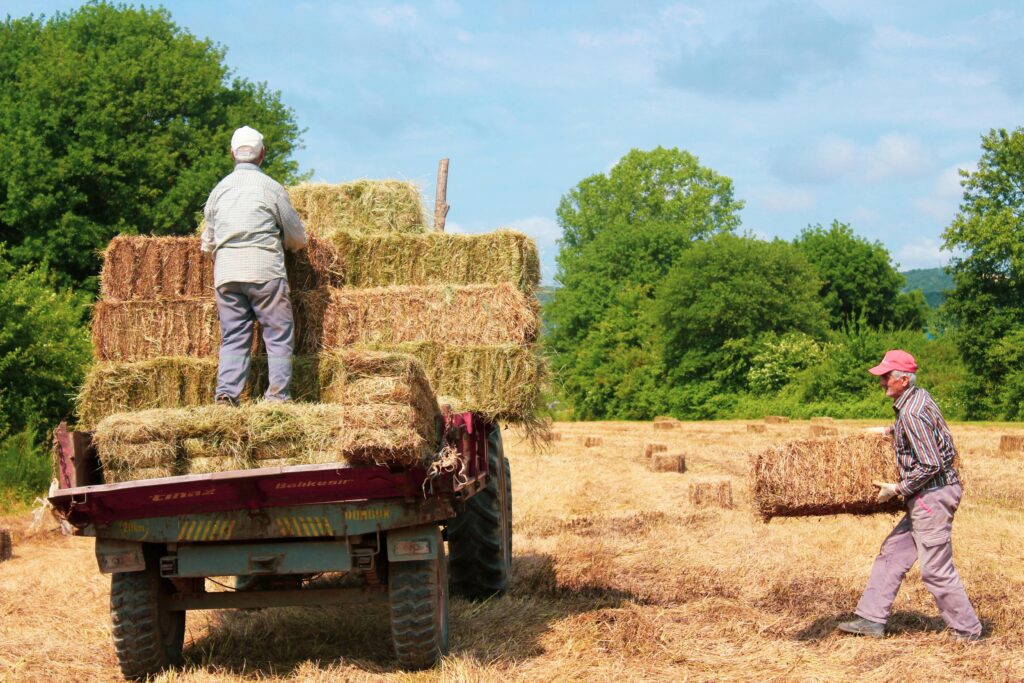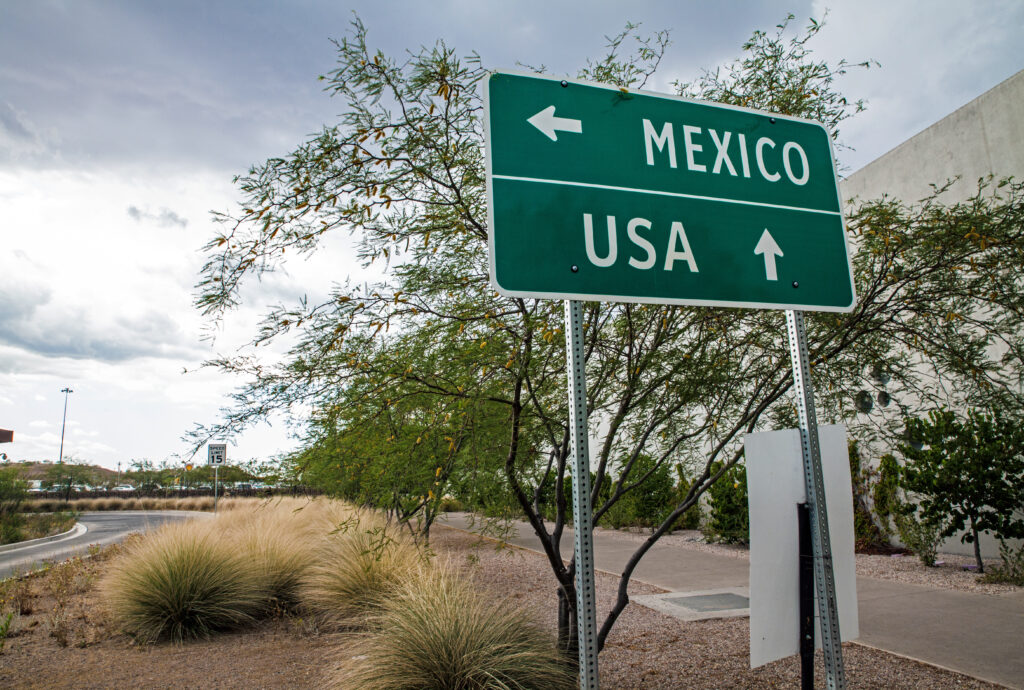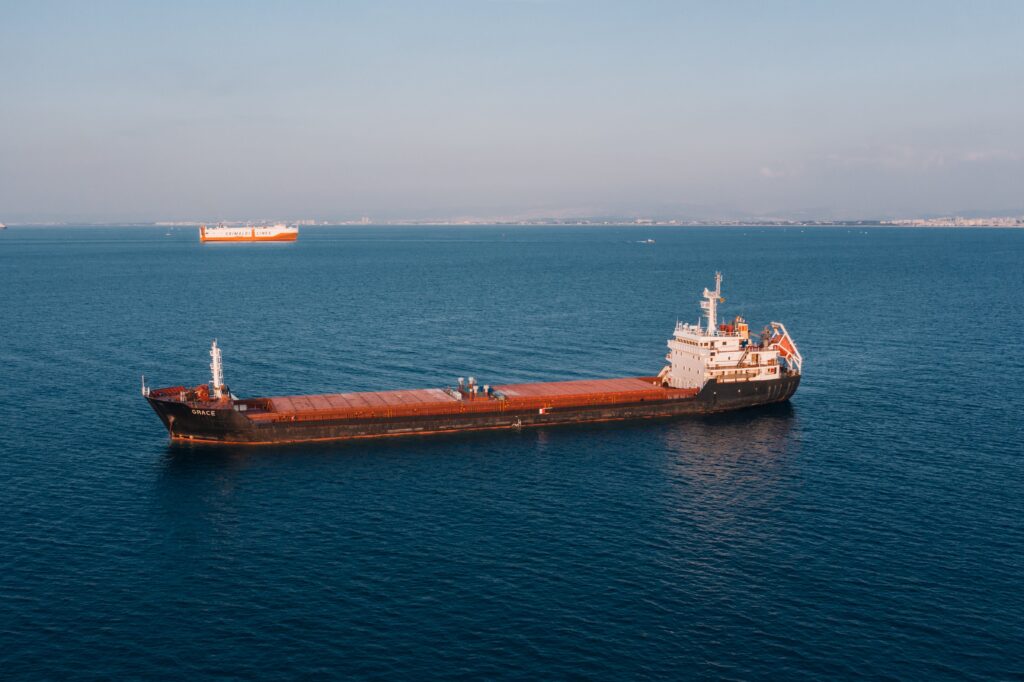Water and Development
by Jerry Pacheco
I was up in northern New Mexico last week. It was nostalgic to see the cold waters of the Rio Grande in the area where I was raised. I remember going to sleep in my sleeping bag beside the river as it rumbled through the deep Rio Grande Gorge during backpacking and fishing excursions with my father and uncles. I used to watch the river overflow its banks in my hometown of Española and ride my bicycle a half mile from my house to watch its swollen waters flood the cottonwood bosque during the spring runoff. In college, I used to jog beside the river in Albuquerque and marvel at how wide it got when the snow cap melted and flowed into its waters.
However, on my most recent trip, I was reminded that this is not the same river I remember growing up and times have changed as most of the western and southwestern U.S. remains in a historic drought period. For the past few days, healthy rains have fallen in the Albuquerque-El Paso corridor and in the Gila National Forest. Previously dry arroyos and canyons were flowing west to the Rio Grande as I made my way back down to the U.S.-Mexico border region. On my trip, I surveyed Elephant Butte and Caballo Lakes from the freeway. I was curious to see if the rain flows were making a visible difference in the water levels of these two lakes. I was disappointed to see parts of the lakes that were underwater in years past resembling a swamp, with green vegetation growing in their centers.
By the time I reached Las Cruces, the river had been completely shut off and was a bed of sand. This year, farmers in the Elephant Butte Irrigation District were allocated approximately three inches of irrigation waters for their crops. They compensated for this lack of irrigation water by pumping well water, which in many cases can be salty and eventually damage crops and farmland.
When I reached my home in Santa Teresa, kids were practicing soccer in the middle of the mighty Rio Grande, which resembled a dirt road. I had an overwhelming sense of despair staring at the river which has sustained life in the American Southwest for eons.
These images put me into a deep thought about the challenge facing communities in the western and southwestern U.S.: how to balance development with water usage. Growth and development have been key factors for centuries in the model of capitalism pursued in most of the western world. This also has been the case in the western and southwestern parts of the U.S., which have seen their populations grow exponentially within the past 100 years. The challenge is particularly difficult in communities located along the U.S.-Mexico border which often share the same water source via a river or aquifer.
Politicians, economic developers, municipalities and private companies all push growth and development. But as this has successfully occurred, the issue of having enough water to support development has reared its ugly head. Study after study has been done to estimate water usage and the sustainability of growth. Most point to the fact that water is not an infinite resource, especially in the arid parts of the U.S.
It is unlikely that halting development is going to be a viable option in the future. So what is the solution? Talking to developers on the U.S.-Mexico border, I’m hearing that more and more focus is being put on smart water use in both residential and industrial developments. Water recycling plans are increasingly being incorporated into developments in areas that historically have low annual rain levels and lately are receiving even less rain. There appears to be a new realization that in the western and southwestern U.S. most of us live in a desert where water is a resource that is more valuable than gold to our future well-being.
I also am encouraged by the communication I have seen between U.S. and Mexican officials to discuss the water issue and what types of cross-border initiatives can be developed to manage this precious resource. Water is a boundary between the two countries and the Rio Grande has been the border between the two nations for more than 160 years. However, water is also increasingly the resource that needs to unite the countries, as each has seen development and population growth in their border regions.
The public and private sectors on both sides of the border will need to work together to address this important issue. Without water there is no development or population growth.


